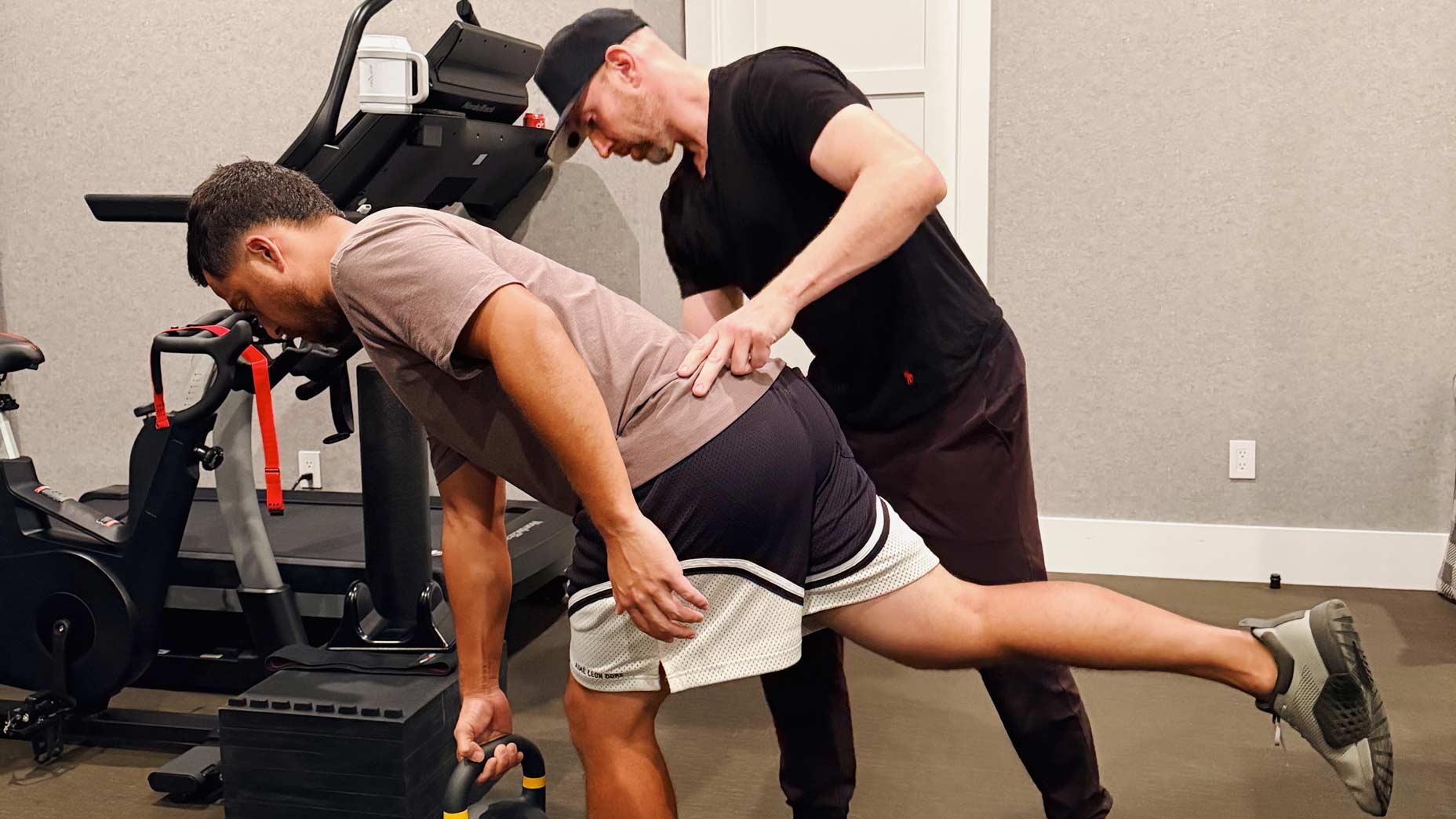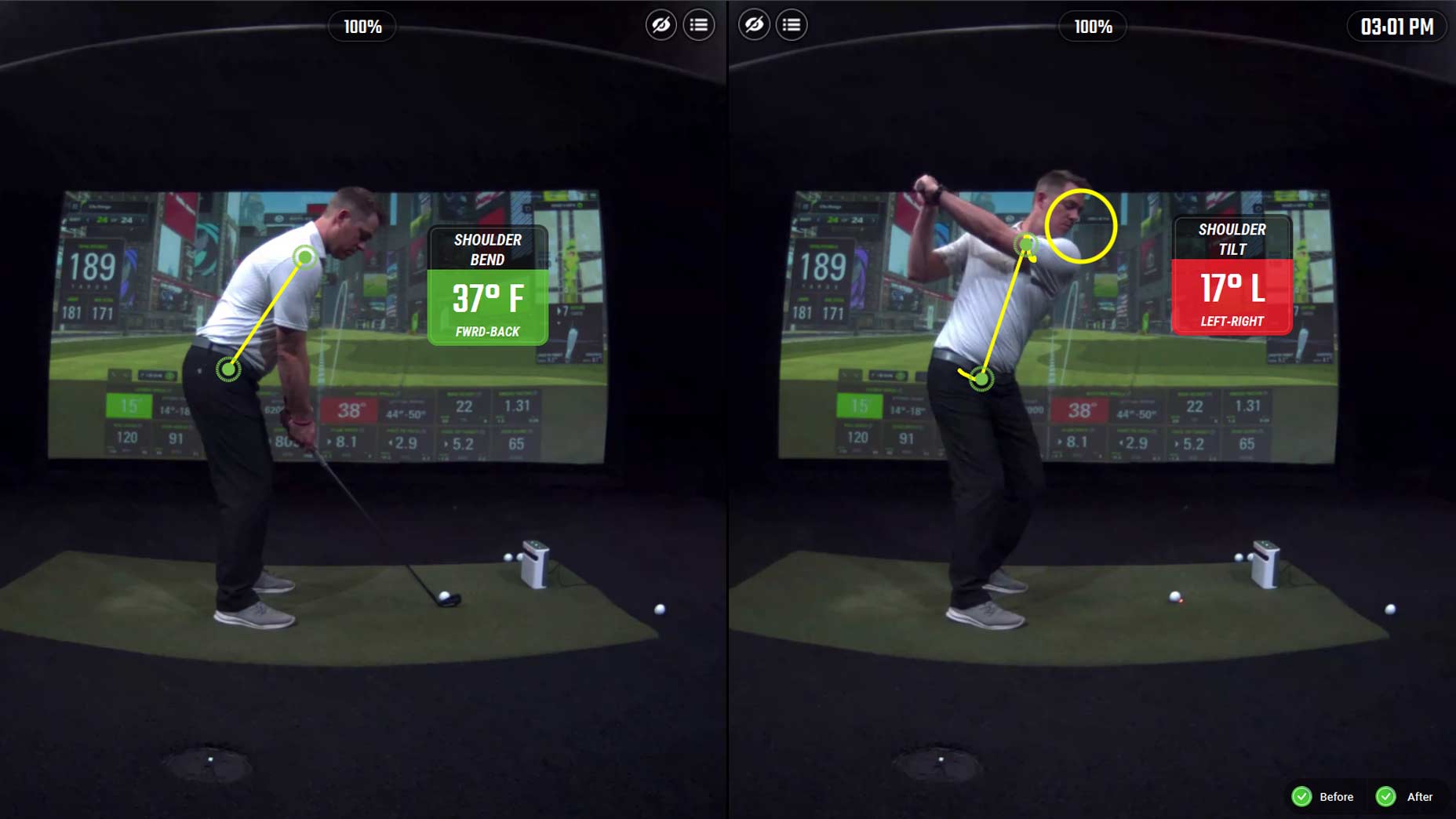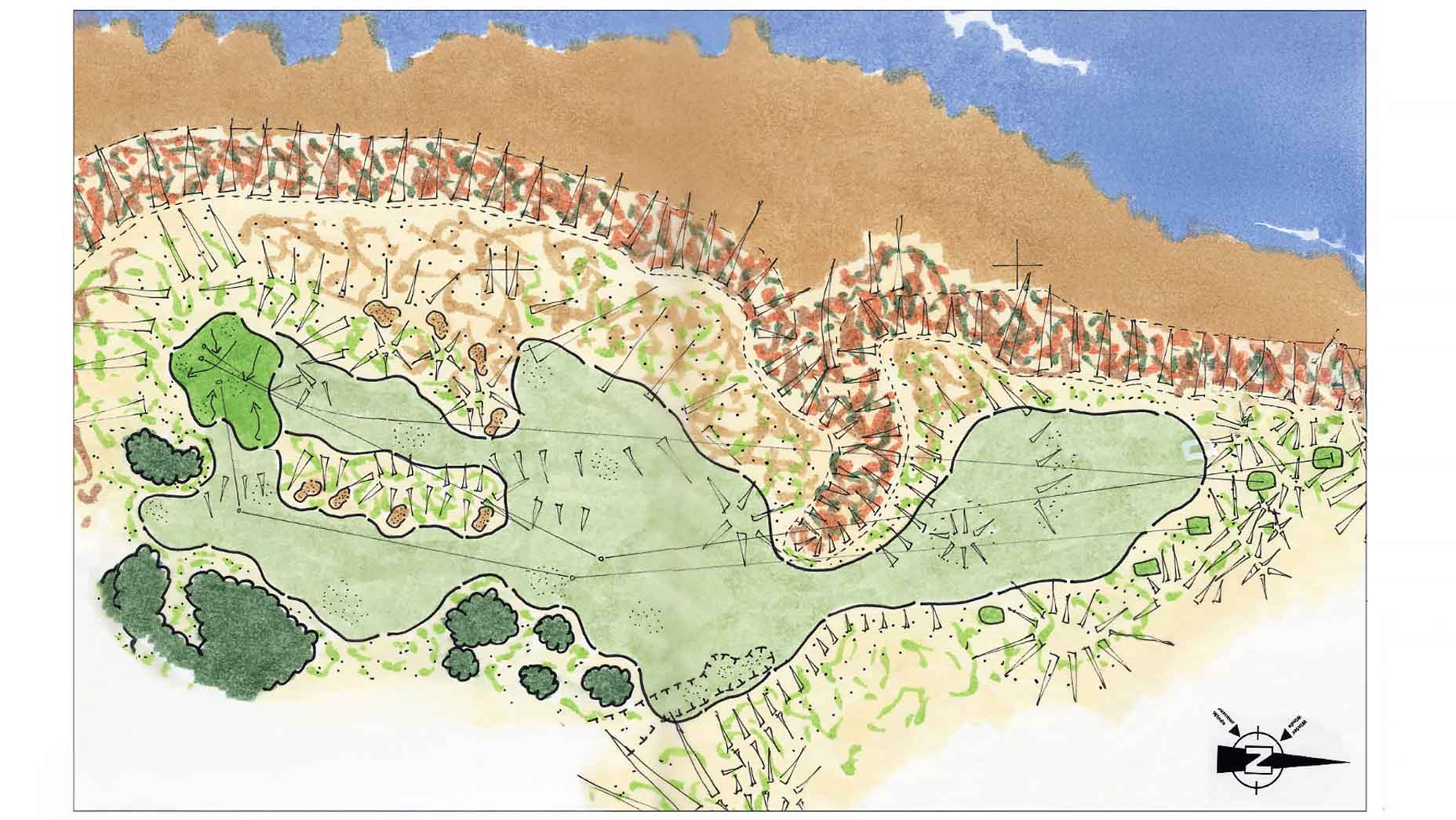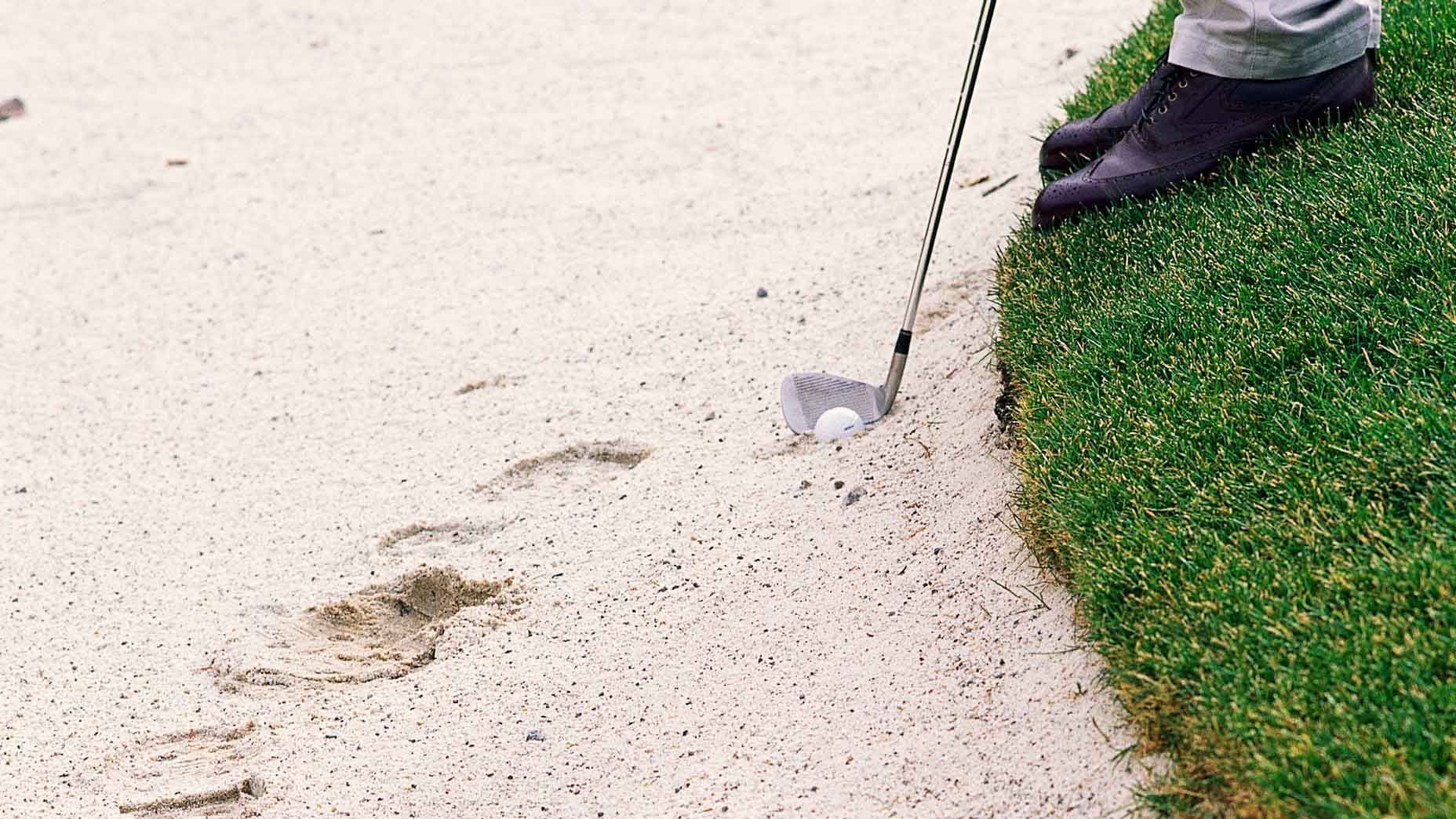It’s been almost 10 years since I created the DECADE Course Management system in the hopes of plugging the holes in my own game. Every year at the Masters, I’m reminded how far it’s come. After all, my first two students to use DECADE both have fond memories there: Bryson DeChambeau finished low amateur in 2016, and Will Zalatoris finished solo second in his first Masters last year.
There are three rules I think are of utmost importance at Augusta National. Let’s take a look at how my DECADE players in this year’s Masters will view those shots and situations.
Rule No. 1: “Work” the ball
It’s hard to do both ways with driver — and relatively unnecessary. It’s why players who shape driver both directions have a tendency to double-cross roughly 25 percent of the time they attempt to work the ball opposite of their stock shot.
I’m a proponent of owning one shot shape, but, on some holes, like No. 10 at Augusta, a right-to-left shape is almost mandatory. When one of my players who prefers to hit fades needs to hit a draw on this hole, I tell them to drop back to a 3-wood. The extra loft will make hitting a shot that falls left easier.
Rule No. 2: Know your shot pattern tilt
Shot patterns for right-handers tend to tilt from long right to short left because leaving the clubface open often takes distances off the ball, whereas a pull can do the opposite.
This is important to understand on No. 12 at Augusta, which has dashed the hopes of many green-jacket dreamers, most notably Jordan Spieth in 2016. That year, on the broadcast, you could hear Spieth and his caddie agree to taking the safe line: a draw starting at the middle of the green. But, because I’ve made this mistake a million times myself, I think Jordan (reeling after back-to-back bogeys) decided to chase the pin with a fade at the last minute. The problem was that he picked the same target with the same club, which meant the short-right portion of his tilted shot pattern brought the water into play — and he found it.
In short, Jordan didn’t commit to his shot, and he was punished for it. It’s an important reminder: The vast majority of outlier shots Tour players — and you — hit are the result of not being fully committed to the target.
Rule No. 3: Make aggressive swings to safe targets
What you see on TV on No. 16 is the opposite of what typically happens on No. 12. On 12, players are tempted to chase the pin, like Jordan did. On 16, the Sunday hole location and slope almost force players to play aggressively to a spot away from the hole.
The funny thing is, I bet if the 16th green’s right-to-left slope wasn’t there, you would see far more shots in the water because players would aim at the same spot but hope they pull it close.
But what’s interesting about this shot is everyone in the field knows that if you land your shot about nine yards right of that pin, you’ll have a reasonable look at a hole in one.
The point is that even if the slope wasn’t there, the middle of the green is the spot to aim for on this hole, wherever the pin may be. It’s a good reminder for golfers everywhere: Make aggressive swings to conservative targets, and let the randomness of your shot pattern do the rest.
Scott Fawcett is the creator of the DECADE Course Management system and app.










